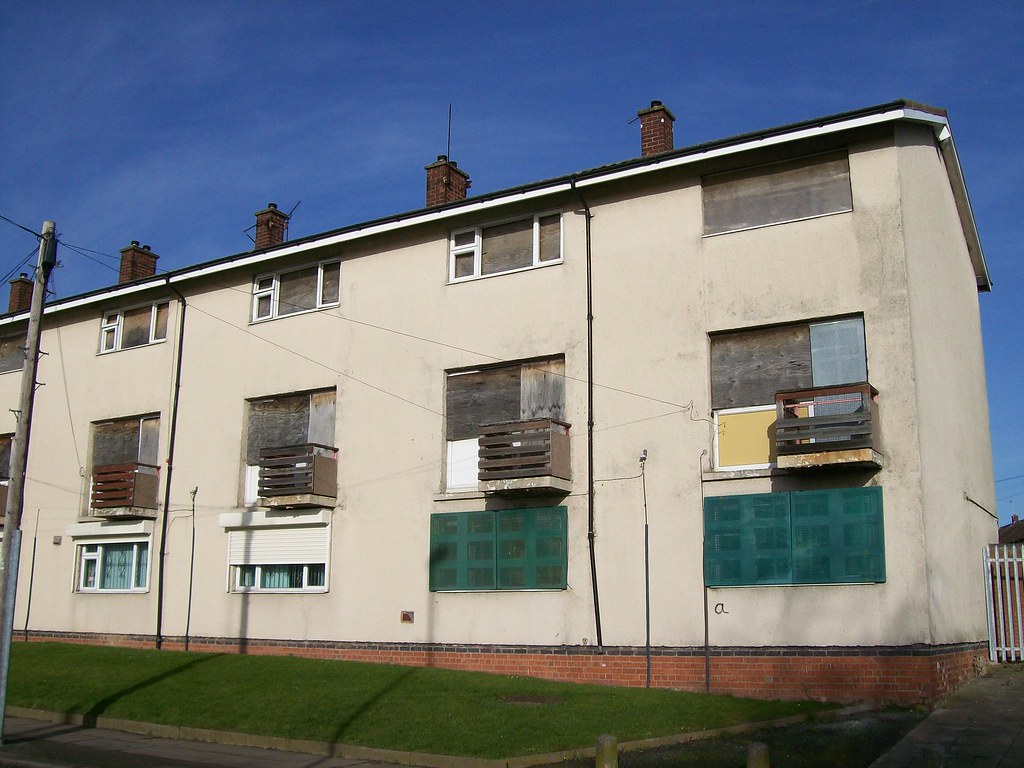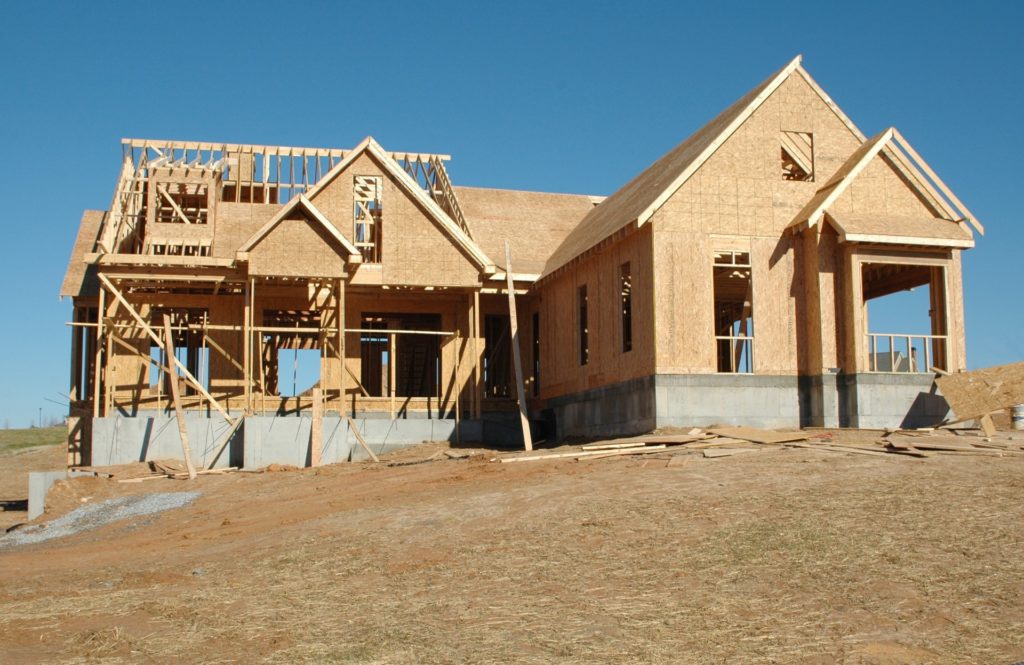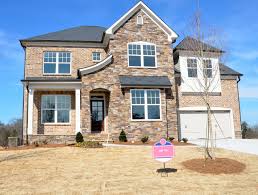It might seem a little counter-intuitive to take a perfectly good house and knock it down to build a new one in its place.
Why not renovate, extend or bolt another storey onto the existing building? Surely that would make better sense financially. In some circumstances this is the case and, of course, a lot of people choose to take the home improvement route to great effect.
However, knocking down and rebuilding is by far the most cost-effective solution – and in areas where individual plots are rare, it is often the best way to secure the home that you want.
Here, we’ll be looking at the pros and cons of knocking down and starting again.

Why Knock Down & Rebuild?
Houses can’t last forever. Many of the homes now available on the open market were built between the late Victorian period and the mid-1970s. They were designed and constructed for very different generations, with completely different expectations in terms of lifestyle, comfort and energy efficiency.
What’s more, back in the old days before modern planners, anything went – so there are some pretty eccentric properties out there, which can be hard to sell.
This old stock comprises largely of houses that were originally built with no central heating system and little or no insulation. They typically have much smaller rooms, each with a specific function but often without the creature comforts and flexibility we have come to expect from modern designs.
What they did have, at least in more rural locations, was land. If you had plenty of this before the Town and Country Planning Act came into force back in 1947, you could basically build whatever you wanted on your own property. What this meant was relatively modest homes (by today’s standards) were being built on very generous plots.
What Properties are OK to Knock-down and Rebuild?
Obviously, terraced houses and even semi-detached ones are trickier to replace, as you will usually need to secure consent to demolish and replace several homes at once. Without the agreement of everyone, that’s not going to happen. Some terrace renovations in high-value areas involve gutting the building to little more than the adjoining wall and the facade – but this kind of project won’t count as a full self-build for VAT purposes.
You also need to consider whether older properties with character would be better off being refurbished rather than replaced, as there is still a strong market for period houses. An interesting point is that you rarely see an oak frame house being replaced. They tend to be built with longevity in mind, probably centuries, while most modern homes have a design life of 60-80 years. That’s not that your home will fall down at that point, but more likely that tastes and lifestyles will have evolved so much by then, it’s time for something new.

So, why should you consider a Knock Down & Rebuild?
You Get the Location AND the House: With rebuilding, there’s no need to compromise your lifestyle. You can finally build the house of your dreams, remaining in the same location. You can keep your neighbours, your kids in the local school and sports clubs, and the community that you’ve grown with.
Go Bigger: Renovating imposes many limitations. You’re working around existing structures which may lead to creative compromises to satisfy the budget. With a knockdown and rebuild, you can rebuild a larger home. Your family might’ve outgrown the house you’re currently in, there’s not much point in renovating and adding an extra space here and there when you can build an overall bigger house. Rebuilding your house will allow you to make greater use of the land, building bigger rooms or new extras like a swimming pool or outdoor area.
A Modern and Stylish Design: Building styles and architecture trends are constantly changing. It’s likely that what you were looking for when you first set out to buy a property is not what you’re wanting now. Rather than investing in a cosmetic face lift, it may be more cost-effective to knockdown and rebuild so you can design your dream home from a blank canvas. This means no compromises due to complications with the existing structure. New and improved building technology and materials have demonstrated the importance of designing and building sustainable houses. Many fittings in older houses can be replaced with new ones that are more energy efficient and can save you money. Often a renovated home will still have things that are old and likely to fail in the future – old wiring, plumbing and drainage, it’s best to rebuild and install new systems that are reliable.
Save Money: Once you start adding up the costs, you’ll soon realise that renovating could be much costlier than a knockdown and rebuild. The cost per metre to renovate is much higher than building a new home. If you’re considering renovating, you’ll need to consider labour expenses, materials, permits and council fees, design fees, inspection costs and repayments on any loans you may take out. If you’re wanting to move houses, you’ll have to consider stamp duty, refinance costs, agent fees, legal fees, conveyance costs and building and pest inspections. With knockdown rebuild packages, flexible home designs and inspiration, rebuilding can mean a lot less stress for you.
We hope this article has given you some points to ponder when deciding on your new home. If you’re looking for reliable builders in the Melbourne area that are experts at handling knock-down and rebuilds, look no further than Elite New Homes, with over 16 years of proven experience in the field.



















